Having already demonstrated the ability to fly non-stop for 24 hours in their first solar plane, the pair has now unveiled a second, more efficient single-seater craft that will enable them to take turns flying for up to five consecutive days and nights at a time — including flights over the Atlantic and Pacific oceans.
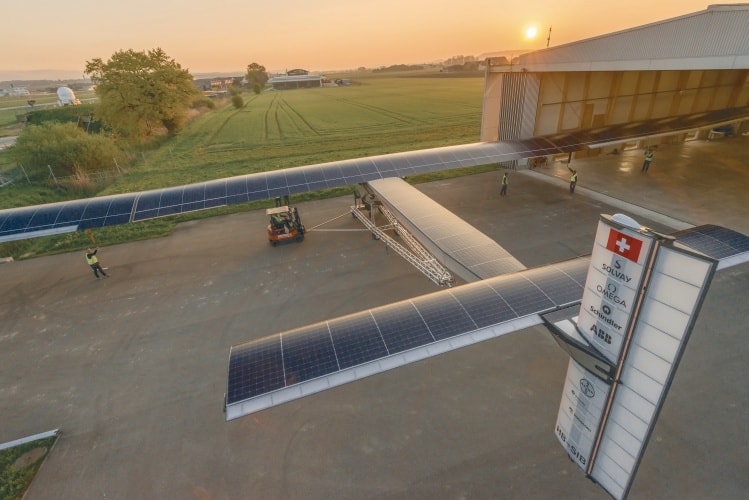
We put your questions about the engineering challenge of building such a craft, the personal challenge of flying it and the wider impact of the project to the two solar aviators and their support team.
What were the biggest changes between the new Solar Impulse craft and the original plane?
André Borschberg: First, we improved performance in order to reduce our energy consumption and have more reserves. Then, we modified the cockpit to improve ergonomics. In addition, we needed a more reliable aircraft with redundant safety systems and leak-proof electrical circuits in order to fly in humid conditions. Finally, we have a form of autopilot, that we call a Stability Augmentation System (SAS), which will maintain flight altitude and a directional heading so that the pilot will be allowed to rest.
What are the specifications for the solar panels you are using? Are they off-the-shelf or bespoke, and how have they been adapted/engineered for optimum performance, weight etc?
AB: Solar cells are provided by SunPower Corp, a Silicon Valley manufacturer of high-efficiency solar cells, solar panels and solar systems. SunPower’s Maxeon solar-cell technology was selected because of its industry-leading efficiency (22.7 per cent) and thickness of its solar cell, an average of only 135 microns, which is important for the power-to-weight ratio of the aircraft.
There are 17,248 solar cells on Solar Impulse 2
In comparison, the efficiency of solar panels used on homes is 16 per cent. The best are those used on satellites (30 per cent), but they are also too heavy for the solar aircraft. There are 17,248 solar cells on Solar Impulse 2. The solar panels are assembled and installed on the aircraft by Solar Impulse engineers.
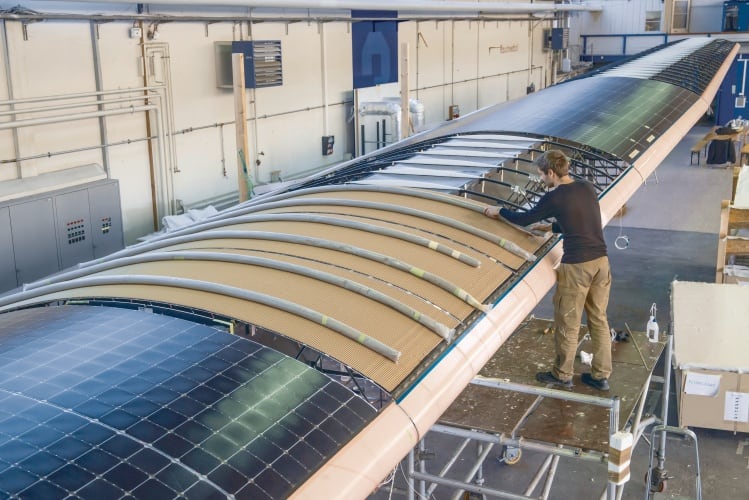
Do you think any of your work on the solar panels could find applications outside of the project?
AB: Yes, it’s already the case and not only in the solar-panel field. Most of Solar Impulse’s partners use the project as a technological development platform. They invest a lot in R&D with of course the objective to commercialise the solutions developed. Solvay: the international chemical group that is one of our main partners, has produced two important solutions to protect the solar panel from harsh conditions during flight without altering the capture of energy. It is already implementing this technology outside of this project.
We asked an expert in solar applications how Solar Impulse might affect the wider power systems sector
Christopher Emmott, department of physics and Grantham Institute for Climate Change, Imperial College London:
Solar Impulse is an incredible example of what can be achieved with solar power, and provides a strong argument against its detractors. This project demonstrates the potential of sun to power even the most energy-intensive activities such as flying.
By flying at night, Solar Impulse has shown that solar energy can be useful despite the intermittent nature of the source. And by flying across the world, the plane has provided a point of inspiration for what can be achieved with this technology.
”The efforts and innovations coming from the Solar Impulse team could lead to a new market in airborne solar power; through atmospheric satellites”
However, it is more difficult to argue that these technical innovations will provide any progress to terrestrial solar power. The solar cells mounted on the wings of the plane are supplied by SunPower Corp, and are the ideal combination of high efficiency had low weight. However, these have been made thinner and lighter to maximise efficiency rather than reduce weight, and their development was not led by the needs of Solar Impulse.
Although the satellite industry provided the early market needed for solar power to get off the ground back in the 1970s and 1980s, Solar Impulse provides no such market and hence no driver for the technology. However, the efforts and innovations coming from the Solar Impulse team could lead to a new market in airborne solar power; through atmospheric satellites. Equipment normally installed on satellites in space, could instead be mounted on small solar drones capable of remaining airborne for years, making it cheaper, easier and greatly more energy efficient to send into orbit.
What battery technology are you using and why?
AB: We are using lithium-polymer batteries. They are the best battery for the project thanks to the weight, efficiency and lifespan ratio. They are made with a new technology, an innovative chemical formula that has improved the oxidising process. Solvay also engaged its R&D resources to improve the energy density, in order to reach 260Wh/kg. It has commercialised this technology (PVDF binder, fluorinated polymer) for the automotive industry, as well for the portable electronics.
What back-up power systems does the plane have? What emergency protocols do you have in place?
AB: The plane does not have any back-up power system. The team worked on redundant safety systems to avoid a minor breakdown compromising a flight. For example, one of our main partners, OMEGA, has introduced an energy dispatcher that ensures that if one of the four Solar Impulse engines experiences a problem, energy can be rebalanced between them by transferring energy from the battery of the deficient engine to the battery of the operative engine.
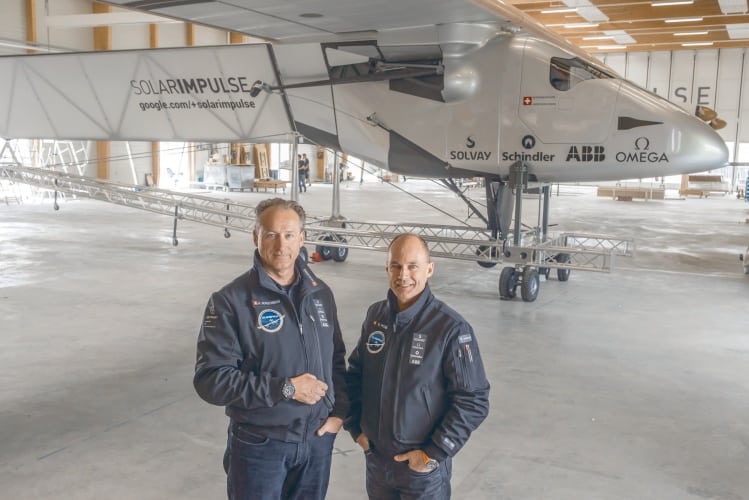
What kind of pilot controls does the craft have? Does it make use of things such as GPS and autopilot?
AB: The aircraft is equipped with conventional pilot controls. We don’t have a stick but a control wheel and the controls are fully mechanical with low-friction technology. The cockpit instruments include the traditional flight instruments that provide the pilot with information about the flight situation of that aircraft, such as altitude, speed and direction. They also include navigational instruments such as GPS, VHF communication equipment and satellite communication, plus engine instruments that give information about battery status and engine power.
Solar Impulse is equipped with a special flight instrument to measure the degree of inclination of the plane. It’s called the OMEGA instrument and was designed by Swiss aeronautics legend Claude Nicollier [also an astronaut for the European Space Agency] and conceived by the OMEGA engineering team. It also has the SAS autopilot mentioned previously. Without the SAS, the pilot wouldn’t be able to fly several days in a row but thanks to this system he can rest. A new function comparable to a classic autopilot is embedded in this system, a monitoring and alerting system, which is designed to monitor the plane, the pilot and the autopilot while detecting anything abnormal or beyond the safety limits.
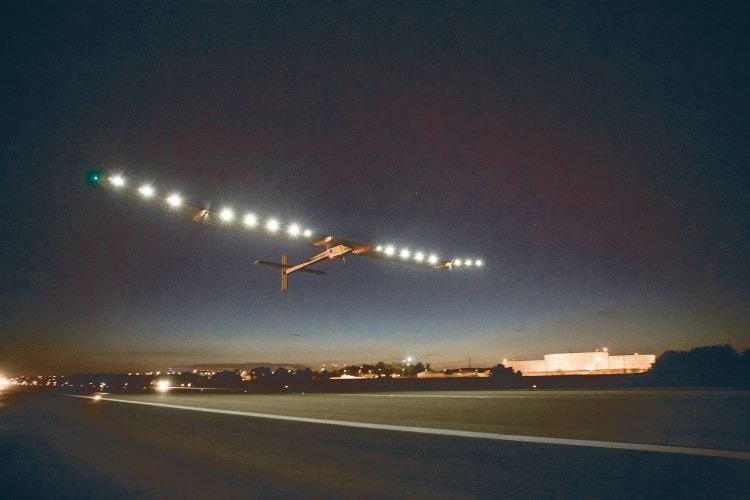
What will the pilots do to avoid blood clots forming in their extremities due to prolonged inactivity?
Solar Impulse Team: They will exercise during the flight. They have a routine of exercises inspired from yoga, Pilates and stretching methods to mobilise different parts of the body to avoid immobility disorder. To do so, the pilot can recline the seat until it is in a horizontal position to stretch his legs.
Will the craft carry anything to keep them mentally stimulated for five days and nights, and what weight penalty does this add?
SIT: The pilot is continuously in contact with the mission-control centre via satellite communication. The flight director and his team are the ‘co-pilots’ on the ground. The pilot can then always speak to someone and during an appropriate time period, we organise in-flight interviews with the pilot for the media. It’s also a way to stimulate the pilot during a long flight. In fact he’s very busy during a flight between flight co-ordination, meals, communication, resting periods, exercise, briefings with the mission-control centre and enjoying the scenery. The pilot does not have a lot of time to get bored.
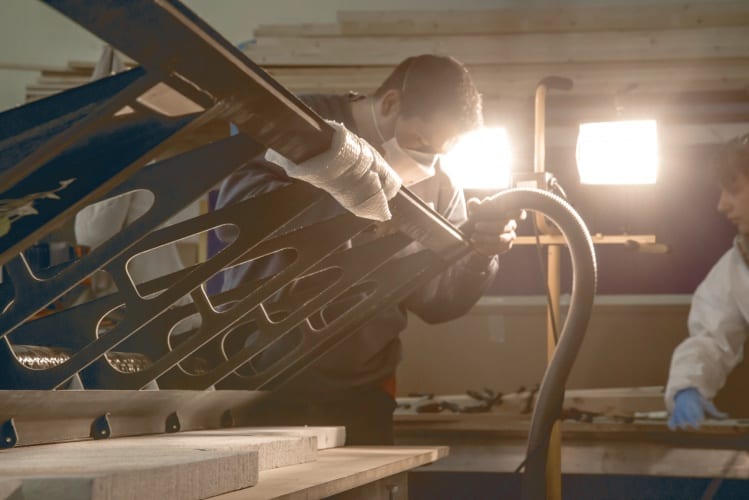
When do you think the first solar-powered commercial aircraft could be built? How much of a role do you think there will be for solar power in commercial flight?
Bertrand Piccard: Our primary purpose is not to revolutionise aviation, but the way in which people think about energy and clean technologies. If Solar Impulse power technologies were used on a massive scale, the world would be able to save up to 50 per cent of the current consumption of fossil energy and produce half of the rest with renewable energies.
As for the aviation industry, it is well aware of its need to change. However, this cannot be done quite as drastically as with Solar Impulse. Our project involves zero fuel: conventional aviation cannot switch straight to zero fuel. Intermediate steps are needed, such as using lighter materials, more direct routes or approaching airports through constant descent rather than performing level landings. Electric planes have a promising future, in the first instance for private aviation and schooling. Commercial aviation will be the final area of transport able to stop using fuel.
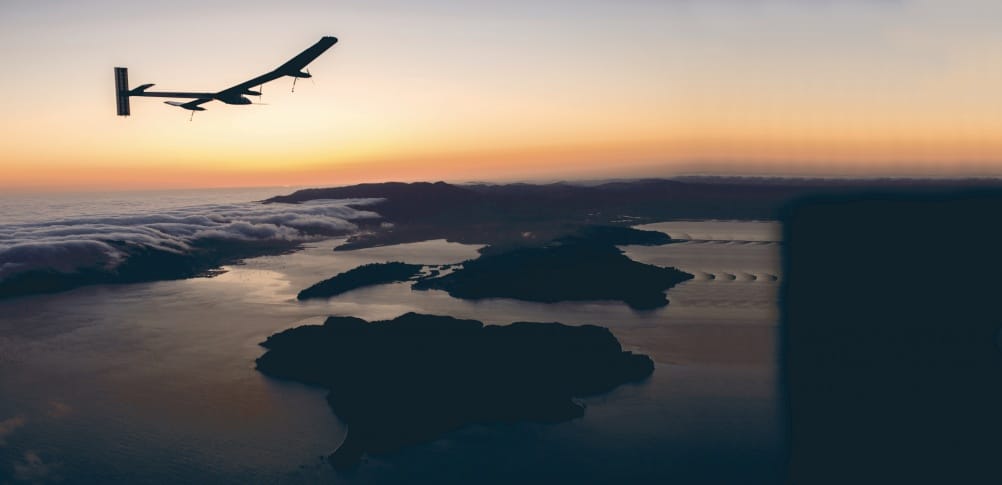
When do you think we will reach the inflection point between non-renewable (dirty) to renewable (clean) sources of energy? What do you think is the major hurdle for this necessary transition?
BP: We keep hearing that renewable energies can never replace fossil fuels and, in addition, renewables are too expensive. We believe that these arguments are false.
We must therefore start by saving, that is by using clean technologies to reduce our consumption. This can be done by insulating buildings, modernising heating and air-conditioning systems, using LED lighting, putting electric or hybrid engines in cars and developing smart grids. Doing all this will create new jobs, new products and new markets. It would improve living standards and increase purchasing power. And, above all, it will ultimately improve a country’s trade balance, since every penny not spent abroad on oil, gas or coal could be invested locally in sustainable infrastructure.
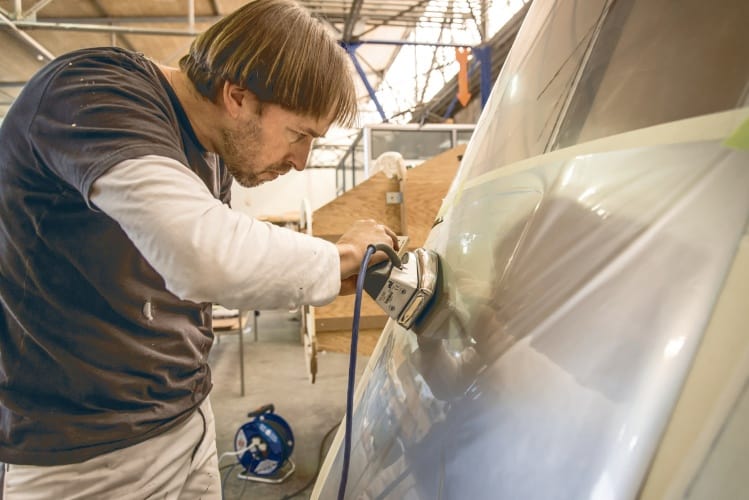
However we lack the political courage, as well as a legal framework that forces society, manufacturers and consumers to come together and use the technologies that enable us to save natural resources. And this is what we must encourage if we want to dynamise our industry, create employment, increase our purchasing power and improve our trade balance while protecting the environment.
The great paradox is that we can no longer take a right doctrine or a left doctrine and simply apply it. There are, in each doctrine, on both the right and the left, synergies that are absolutely necessary to reach an effective result. To meet current challenges, you need entrepreneurs and you need a legal framework implemented by the state to encourage them.
Sun seekers: Solar Impulse isn’t the only attempt to build solar-powered aircraft.
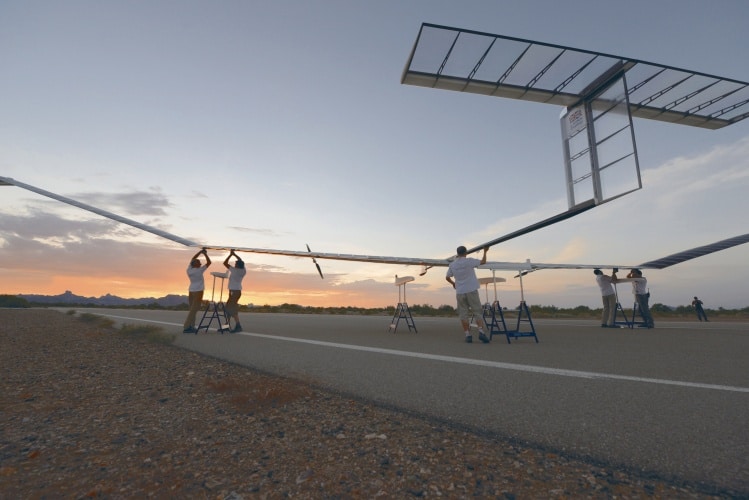
In 2013 Airbus has took over the development of another notable effort to develop a solar powered aircraft.
Originally developed by engineers at Qinetiq, the Zephyr solar-powered unmanned aerial vehicle (UAV) could be used for long-term surveillance or as a means of providing wireless communication in remote areas.
We asked Airbus what the broader impact of projects such as Zephyr and Solar Impulse might be on the aerospace industry.
Paul Brooks, High Altitude Pseudo-Satellite (HAPS) programme, Airbus Defence and Space:
The efficiency features can be applied to other aircraft, for example, the aerodynamic propellers we’ve designed. The Zephyr flies at very different speeds from other aircraft but the understanding of that aerodynamic is critical. The other aspect is the structure. The structure of the Zephyr only weighs 20kg, including a 23m-wingspan but will survive a load more than five times its own weight. It meets all the requirements of standard aircraft but is incredibly lightweight.
With the work that has been done on thin-wall composites and construction techniques for that, you could even look at manned aircraft. You’d have to make the structures strong for the weight you’re carrying but the process and the understanding of how these very lightweight, thin-wall composite structures work has been well developed.
We can see roles for solar power in aerospace. If you can produce solar arrays that are very light then you can imagine it producing useful auxiliary power that takes some of the load off of the aircraft. Can we envisage solar commercial airliners? No. Is there a role for small vehicles? Possibly. For me it’s a small, personal vehicle niche market. But the spin-offs in terms of the technology you need to develop and what comes out of that that can be applied across aerospace, that always works well. You push the limits, you come up with some structural, efficiency savings and then you find you can use that in lots of different parts of aerospace




Report highlights significant impact of manufacturing on UK economy
I am not convinced that the High Value Manufacturing Centres do anything to improve the manufacturing processes - more to help produce products (using...